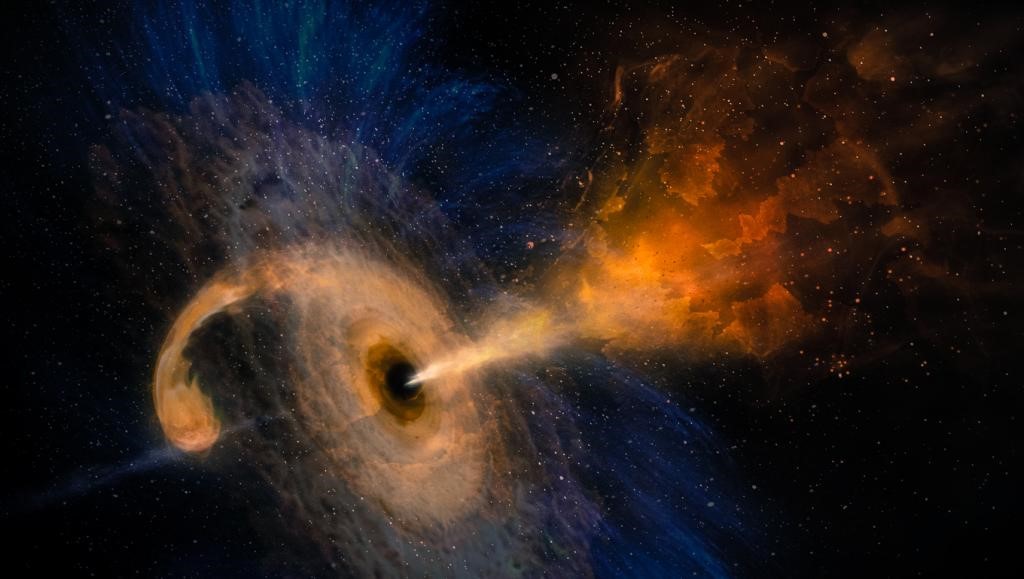Free Courses Sale ends Soon, Get It Now


Free Courses Sale ends Soon, Get It Now



Disclaimer: Copyright infringement not intended.
Context
Scientist describes a black hole surrounded by the largest and brightest disc of captive matter ever discovered.
Details
Black holes
Recent Development
Supermassive black holes
The fastest-growing black hole in the universe
Black holes losing their grip
Accretion discs — a no-go zone for space travellers
why has it only been spotted now?
|
PRACTICE QUESTION Consider the following statements with respect to Black Hole
How many of the statement/s given above is/are correct?
Answer B |
© 2024 iasgyan. All right reserved